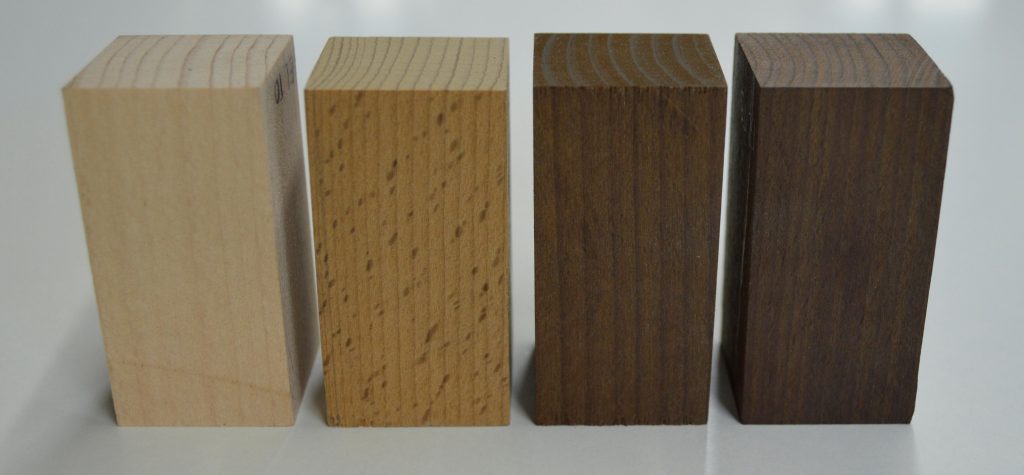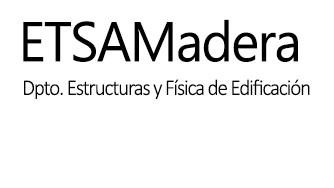
Abstract
Fagus sylvatica L. (European beech) is one of the most widespread hardwood species growing in Europe, which is currently undergoing of in-depth research for the development of engineering products to use its excellent mechanical properties. As its natural durability is low, heat treatment is investigated as a means to enhance its biological durability, as well as its dimensional stability. Reliable models with a full material description including the elastic constants are necessary for material and structural modelling and design. The aim of this work was to comprehensively characterise European beech subjected to three different intensities of heat treatments. It is described as an orthotropic material by determining all of the independent elastic constants: three Young’s moduli, three shear moduli and six Poisson’s ratios. Both static (by compression) and dynamic (by ultrasound) experimental methods were considered for comparison purposes. The compression tests were coupled with 3D digital image correlation (DIC) technique to perform optical full-field analyses of strains. Characterization of untreated beech was also carried out and compared with literature values. The usual assumption of symmetry of the compliance matrix was verified. The results confirmed that heat treatment influenced the elastic behaviour of the material. However, the impact of the treatment differed among the elastic components, with non-uniform trends with the intensity of the heat treatments.
https://doi.org/10.1016/j.conbuildmat.2021.124270
